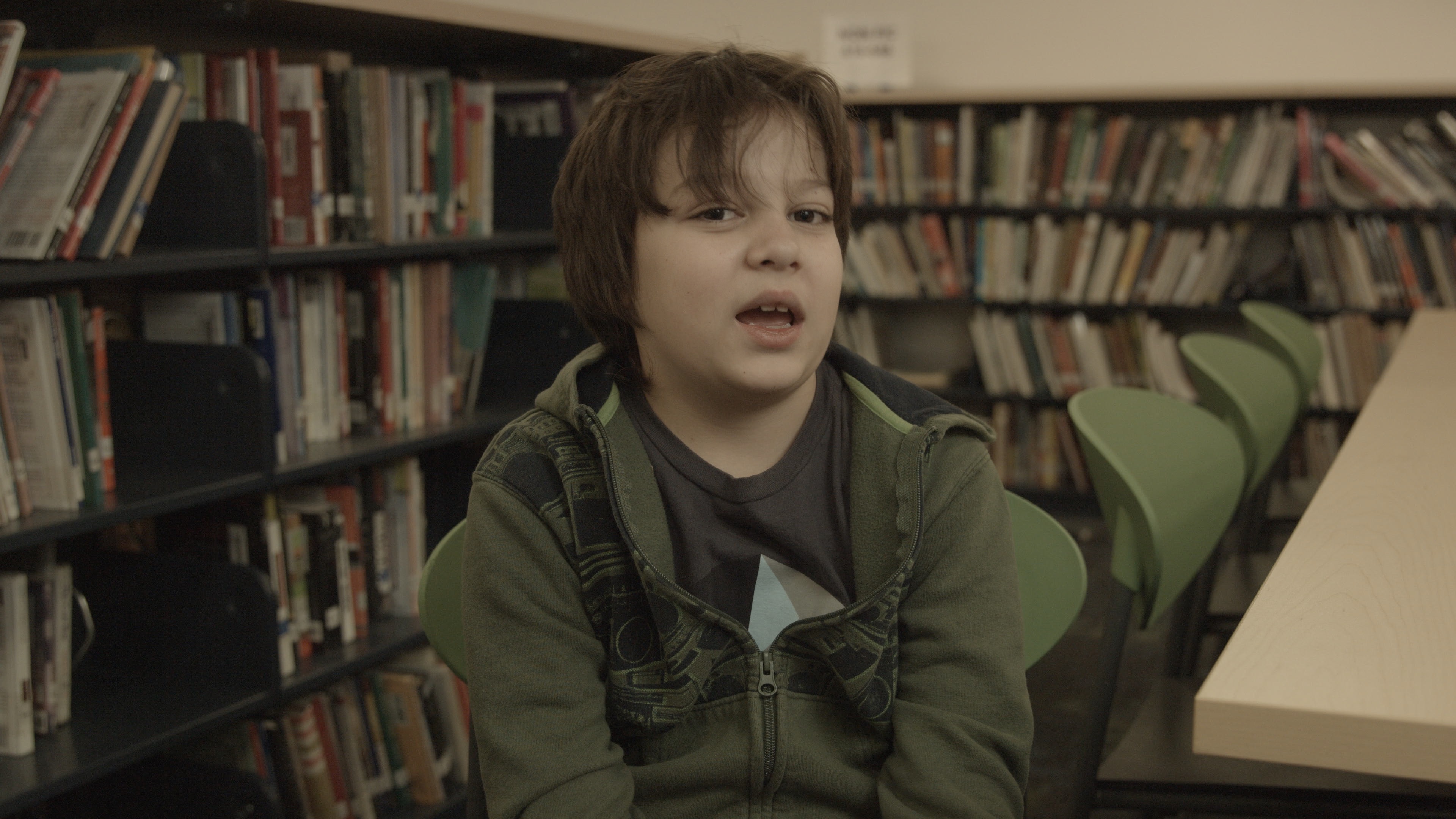
Personalized Learning
Success today demands that students demonstrate creativity, critical thinking, and the capacity to contribute in a fast-paced and ever-changing world. While all students are required to reach the same high academic standards, personalized or student-centered learning empowers educators to tailor instruction for each unique student— recognizing strengths, interests, needs, and pace, and structuring each student’s experience accordingly. Advancements in technology play a key role in personalization by enabling students to drive their own learning progression and by equipping teachers with tools to provide support.
Today, our statutes and regulations assume that every child will be taught by a teacher in a 30-by-30-foot classroom. However, learning is becoming accessible anytime, anywhere. Through technology and partnerships with businesses and community-based organizations, students’ learning time can extend beyond the school day, school year, and school building.

Performance-based Tasks in Real-world Environments
Student assessments today primarily focus on a few core academic subjects. As imagined through the North Star, improved assessments must include performance-based tasks and take place in real-world environments that enable teachers to customize students’ learning where needed, in order to address areas for improvement.
Innovative efforts to personalize learning are already taking place and generating increased student engagement and excitement about learning. And in some Delaware classrooms, teachers are using technology to blend classroom lessons with online learning. As these concepts become widespread, more students will have the tools they need to take ownership of their learning experience.
As we look at education more holistically, we realize that the emotional and physical health of children are increasingly important to their long-term health and academic success. There need to be more seamless connections between schools and a range of critical wraparound supports in the community.
Ideally, dedicated resources and staff would support the investments in and growth of innovative ideas that work. Today, however, there is an uncoordinated and underfunded mix of public and private sector leaders trying to move this work forward.

I have way more trouble learning if the teacher lectures. I learn way better if I actually interact with it.
— Alan, age 10
Progress Underway:
- High academic standards in math, English language arts, and science
- Student assessments aligned to those standards
- Early stage digital learning across schools, including distance learning and blended learning
- Statewide adoption of Schoology, a digital Learning Management System that helps teachers personalize instruction, share lesson plans, and participate in professional development.
Recommendations
Shift Policies and Programs to be Student-Centered
-
1
Set and uphold high expectations for all students across academic skills and social-intellectual behaviors identified in the North Star, such as persistence and integrity. Revise annual assessments, student portfolios and graduation requirements to align with these expectations and provide all students with access to mastery-based learning opportunities to meet them.
-
2
Create a statewide network of community organizations, employers, and education institutions that are approved to provide extended-learning opportunities (ELOs) to students for credit. ELO organizations would be approved through an application process tied to their ability to boost performance in specific competencies
-
3
Support the holistic development of schools in high-need communities that provide a broad array of wrap-around services to students (e.g., physical and mental health services) and engage with community partners to provide these services.
Support and Encourage Innovation
-
4
Provide flexibility and funding to encourage and support schools to provide more personalized learning experiences through different uses of:
Time (e.g., learning outside of the classroom and outside the school day)
Talent (e.g., redesigned teacher roles)
Technology (e.g., blended learning) -
5
Build capacity to evaluate and scale innovative best practices statewide. Additionally, support schools and districts in implementing changes and increase public awareness of personalized learning.
Invest in Infrastructure to Support Blended Learning
-
6
Create technology-enabled tools that monitor student progress from preschool to career against competencies identified in the North Star, and provide students and parents with a menu of opportunities (e.g., in-school or online classes, extended learning opportunities) to achieve mastery. Provide support to parents and students on utilizing tools to increase student and parent ownership of learning.
-
7
Invest in increasing state broadband capacity and student access to internet devices both in school and outside of the classroom. Support and guide schools and districts in key areas such as procurement, privacy, and sustainability

